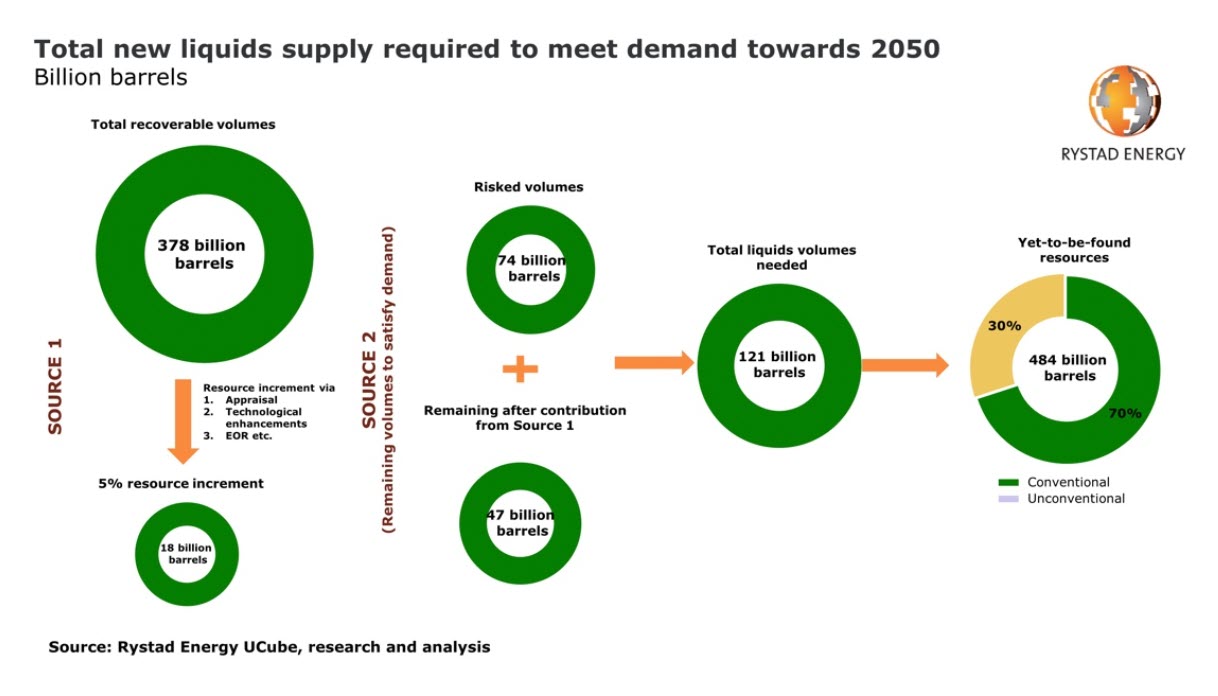
- IRENA: The renewable energy transition will drive geopolitical change across the globe.
- The transition offers many countries the chance to develop a strong energy market based on their geographical strengths.
- Countries will seek new trade partners structured around the potential for connectivity based on proximity or using existing infrastructure.
The development of the renewable energy sector will bring a vast array of new energy sources being created across different world markets. Traditional oil-rich countries may no longer dominate the global energy industry, as different states choose to invest in green power based on their geographical strengths. With new trade partners being established and greater investment in new energy markets, the geopolitical outlook is bound to change significantly over the coming decades.
The renewable energy transition will drive geopolitical change according to the International Renewable Energy Agency (IRENA). Political power garnered from the energy market has always been centred around resources, the existence of oil, gas, or coal in a specific region, making that place profitable. As countries have developed their oil companies, they have been able to profit from operations in other oil-rich regions of the world. However, the energy transition means that governments and energy companies will (eventually) no longer have to focus on the production of finite resources as they move to greener alternatives.
The transition offers many countries the chance to develop a strong energy market based on their geographical strengths. For example, the global south is more likely to benefit from solar technology due to the average number of days of sun it experiences each year. Countries with a higher average wind speed will benefit from wind turbines, and countries with a coastline may be able to develop a tidal energy industry.
Countries will seek new trade partners structured around the potential for connectivity based on proximity or using existing infrastructure. In addition, many more countries may be able to eventually gain energy independence, to no longer rely on imports. This could also reduce the need for energy diplomacy, an issue that has been repeatedly raised. For example, while the U.S. may condemn particular political actions of Venezuela, Iran or Saudi Arabia, it has often maintained its energy partnerships with these states due to the reliance on their oil and gas provision.
One way in which existing oil-rich states could leverage their power over the next decade is to shift investment into developing a strong renewable energy sector and repurpose much of its current infrastructure to produce and transport greener energy. For example, the Middle East and Europe are strongly focused on the production of green hydrogen, with the aim of using existing gas pipelines to transport the energy source to its trade partners.
However, challenges remain. More than 30 countries and regions have created strategies for the development of a hydrogen industry, with the potential for 30 percent of hydrogen to be traded across borders by the end of the decade. But as there is a density gap between hydrogen and LNG, it makes it difficult to transport hydrogen across long distances, creating the need to liquefy the hydrogen at a greater cost.
Several developed states are establishing their green hydrogen industries to ensure they have an alternative energy source for fuel and other uses in preparation to meet their carbon emissions and climate change targets over the next decade. However, green hydrogen technology is still much more expensive than other renewable alternatives, meaning that less-economically-developed countries may turn toward more accessible renewable sources such as solar and wind power.
Regional connections could become much more important as neighboring countries extend their grid systems across borders to share electricity. Existing technology means that much electricity is lost when it is transported over long distances. While the development of ultra-high-voltage transmission systems may enhance transportation methods, global networks will likely shift to become more regional.
As well as energy-producing countries, the geopolitical situation will change according to related industries. Demand is set to grow immensely for components for renewable energy equipment such as solar panels, wind turbines and lithium-ion batteries. Countries with strong manufacturing capabilities, such as China, will provide much of this equipment, creating an ongoing dependence structure.
Based on this inevitable geopolitical shift, experts are now concerned that the need for greater digitalization for the future of the renewable energy industry could create weaknesses in its structure. A cyberattack on the U.S. Colonial Pipeline last year exposed the vulnerabilities of the current energy system. But the future of energy will be much more globally interconnected, meaning that governments and energy companies must now work together to create secure digital systems.
Leo Simonovich, Vice President and global head of industrial cyber and digital security at Siemens Energy, stated in a recent energy forum that “At the heart of the energy transition is digitalization.” And “In the energy sector, 2 billion devices are going to be added over the next couple of years… Every one of those devices could be a potential source of vulnerability that could be exploited by bad actors” he said.
The change in geopolitics in response to the energy transition over the coming decades is inevitable. While many developed nations are already investing in their renewable energy industries, several new markets may emerge around the world, establishing new trade links and greater energy independence. As this change happens, governments and energy companies will have to consider the risk involved in developing these new partnerships and establishing a more digitalized global energy system, to mitigate the threat of potential attacks on the sector.
By Felicity Bradstock for Oilprice.com



